Home>Ideas and Tips>Upgrading Your Home’s Windows With DIY Automated Blinds
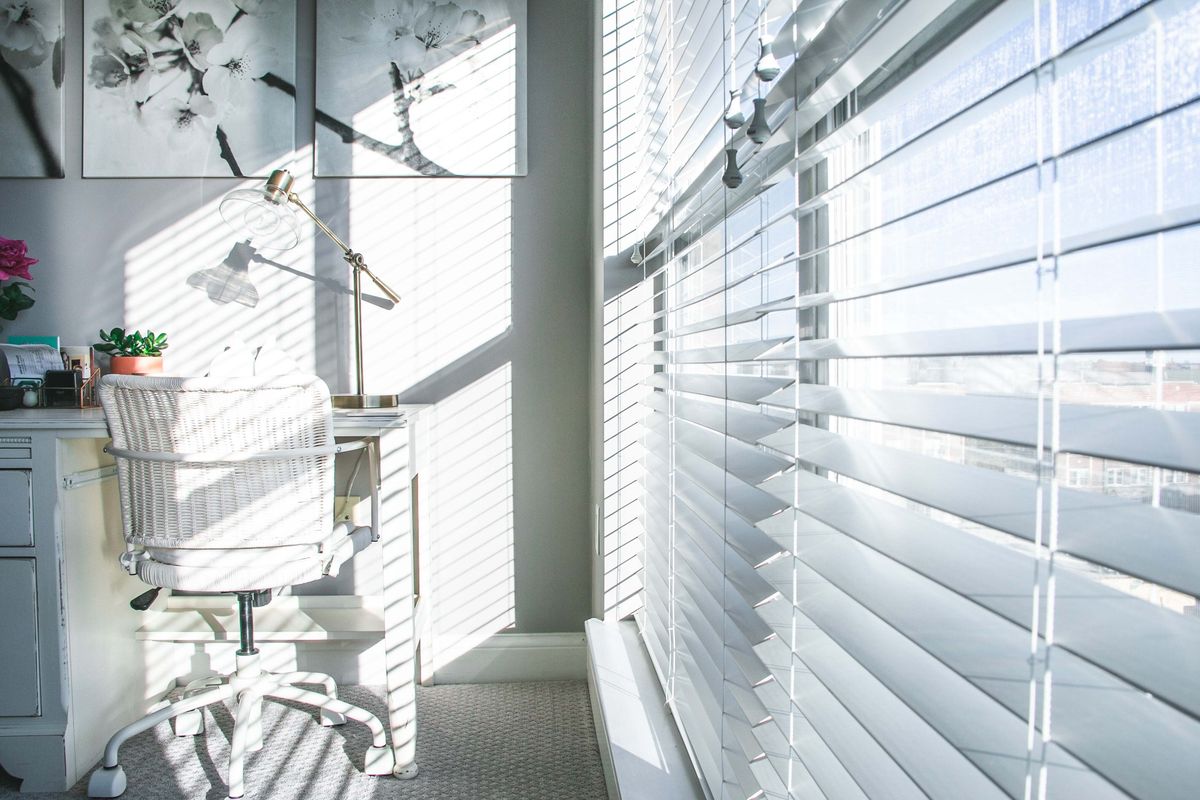

Ideas and Tips
Upgrading Your Home’s Windows With DIY Automated Blinds
Modified: October 20, 2024
Upgrade your home's comfort and style with DIY automated blinds. Learn the benefits, installation steps, and how to retrofit existing blinds for smart home integration.
(Many of the links in this article redirect to a specific reviewed product. Your purchase of these products through affiliate links helps to generate commission for Storables.com, at no extra cost. Learn more)
Upgrading your windows with DIY automated blinds can significantly enhance your home's comfort, security, and aesthetic appeal. These motorized window treatments offer a wide range of benefits, from energy efficiency and safety to convenience and style. In this article, we'll delve into the world of automated window blinds, exploring their benefits, how they work, and providing a comprehensive guide on how to install them yourself.
The Benefits of Automated Window Blinds
Automated window blinds have become increasingly popular due to their numerous advantages. Here are some of the key benefits:
1. Convenience
One of the primary benefits of automated window blinds is the convenience they offer. With the ability to control your window treatments at the touch of a button or through voice commands, you can adjust light levels without having to physically move. This feature is particularly useful for hard-to-reach windows or for those who prefer not to climb ladders or stretch to open and close their blinds.
2. Energy Efficiency
Automated window blinds can help maintain indoor temperatures more consistently, reducing the need for heating or cooling systems. By regulating sunlight entering your space throughout the day, you can save on energy costs and contribute to a more sustainable home. This is especially beneficial during peak sun hours when direct sunlight can heat up your home.
3. Safety
Safety is another crucial aspect of automated window blinds. Unlike traditional manual blinds with cords, motorized blinds eliminate cord hazards, making them safer around children and pets. This feature is particularly important for households with young children or pets that might accidentally get entangled in the cords.
4. Security
Automated window blinds can also enhance home security. By programming the blinds to open and close at specific times, you can give the illusion that someone is always home, deterring potential intruders. This feature is especially useful for homeowners who are away from their homes for extended periods, as it helps maintain the appearance of occupancy.
5. Aesthetics
In addition to functionality and safety, automated window blinds offer a sleek and modern design that fits seamlessly into any home. Without unsightly cords, these blinds provide a clean and stylish look that can enhance the overall aesthetic appeal of your rooms.
How Automated Window Blinds Work
Automated window blinds are designed to be user-friendly and integrate seamlessly with smart home systems. Here’s how they typically work:
-
Control Options
- Remote Control: Many automated blinds come with remote controls that allow you to adjust the blinds from anywhere in the room.
- Smart Home Systems: Integration with smart home systems like Apple HomeKit, Google Home, or Control4 enables voice control and scheduling capabilities.
- Apps: Mobile apps can be used to control the blinds remotely, making it easy to adjust light levels or set schedules from your smartphone.
-
Scheduling Features
- Automated blinds can be programmed to open and close at specific times of the day. This feature is particularly useful for maintaining consistent indoor temperatures and ensuring that your home looks occupied when you’re away.
-
Timed Controls
- Timed controls allow you to set the blinds to open and close automatically based on your schedule. For example, you can set the blinds to close during peak sun hours to prevent overheating and open them in the morning to let natural light in.
-
Smart Scenes
- Some advanced systems allow you to create "scenes" that control multiple devices at once. For instance, you can set a scene that opens all the blinds in your living room and kitchen at once, providing natural light throughout the space.
Installing DIY Automated Blinds
While professional installation is always an option, installing DIY automated blinds can be a cost-effective and rewarding project. Here’s a step-by-step guide to help you get started:
1. Choose Your Blinds
- Start by selecting the type of automated blinds that best suit your needs. Popular options include roller shades, vertical blinds, and plantation shutters. Consider factors like material, color, and functionality when making your choice.
2. Measure Your Windows
- Measure your windows accurately to ensure that your new blinds fit perfectly. Take note of any obstructions or irregularities that might affect the installation process.
3. Prepare the Area
- Clear the area around the window of any furniture or obstructions. This will give you a clear workspace and prevent any damage to your new blinds.
4. Install the Motorized System
- Follow the manufacturer’s instructions for installing the motorized system. This typically involves attaching the motor unit to the window frame and connecting it to a power source.
5. Mount the Blinds
- Mount the blinds according to the manufacturer’s instructions. This may involve attaching brackets or tracks to the window frame and then hanging the blinds from these supports.
6. Program the Blinds
- Once installed, program your new automated blinds using the remote control or smart home app. Set schedules and scenes as needed to maximize convenience and energy efficiency.
Retrofitting Existing Blinds
If you already have existing blinds but want to upgrade them to automated versions, retrofitting is an option. Here’s how you can do it:
-
Assess Your Current Blinds
- Evaluate your current blinds to determine if they can be retrofitted with motorized systems. Some manufacturers offer retrofit kits specifically designed for this purpose.
-
Choose a Retrofit Kit
- Select a retrofit kit that matches your existing blinds. These kits usually include motor units and mounting hardware specifically designed for your type of blind.
-
Install the Retrofit Kit
- Follow the manufacturer’s instructions for installing the retrofit kit. This typically involves attaching the motor unit to your existing blinds and connecting it to a power source.
-
Program the New System
- Once installed, program your new automated blinds using the remote control or smart home app. Set schedules and scenes as needed to maximize convenience and energy efficiency.
Conclusion
Upgrading your home's windows with DIY automated blinds is a smart investment that offers numerous benefits. From enhancing energy efficiency and safety to providing convenience and style, these motorized window treatments can significantly improve the quality of life in your home. By following the steps outlined above, you can easily install or retrofit your existing blinds with automated systems, making your home more comfortable, secure, and visually appealing.
Whether you're looking to automate your entire home or just upgrade specific windows, the benefits of automated window blinds are undeniable. So why wait? Dive into the world of smart home technology today and experience the difference that DIY automated blinds can make in your living space.
Additional Resources
For more information on smart home automation and DIY projects, consider the following resources:
- Hive Style: "Can Automated Window Shades Increase Your Home's Value?"
- Kerrville Window Fashions: "Enhancing Home Security with Automated Window Blinds"
- Stoneside: "Automatic Window Blinds To Enhance Your Modern Home"
- Budget Blinds: "Smart Blinds: A Comprehensive Guide to Home Automation"
- Young House Love: "Adding Smart Blinds | Young House Love"
These resources provide detailed insights into the benefits, installation processes, and latest innovations in the field of automated window blinds.
Was this page helpful?
At Storables.com, we guarantee accurate and reliable information. Our content, validated by Expert Board Contributors, is crafted following stringent Editorial Policies. We're committed to providing you with well-researched, expert-backed insights for all your informational needs.
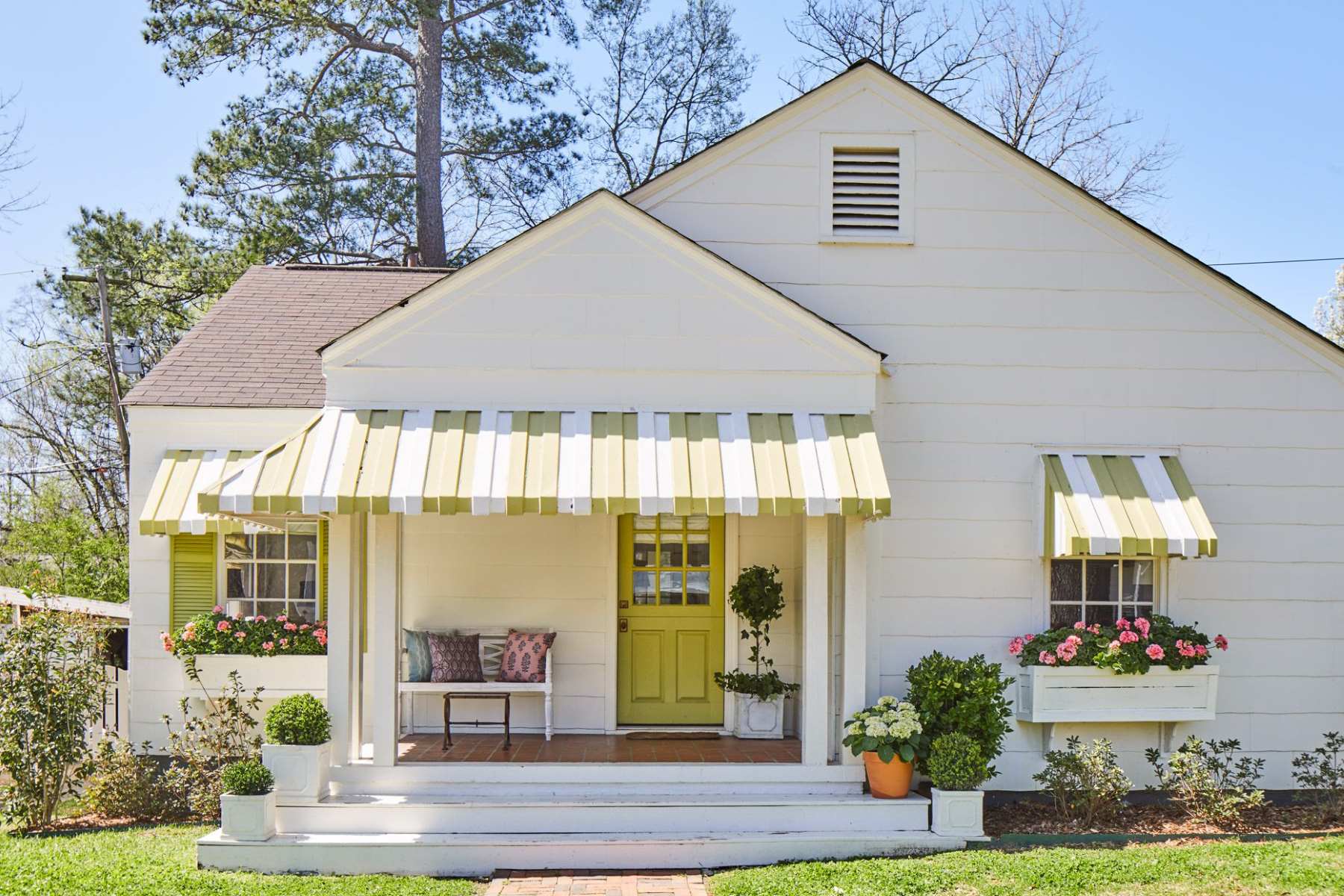
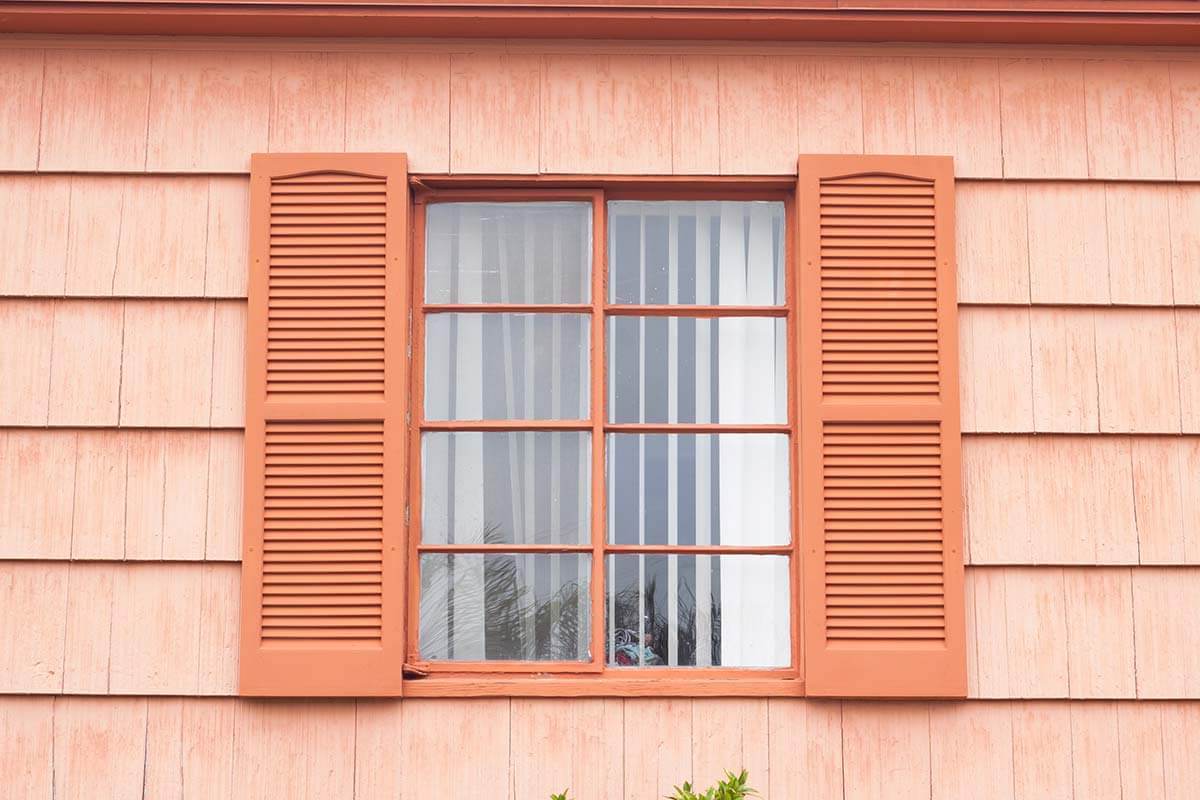
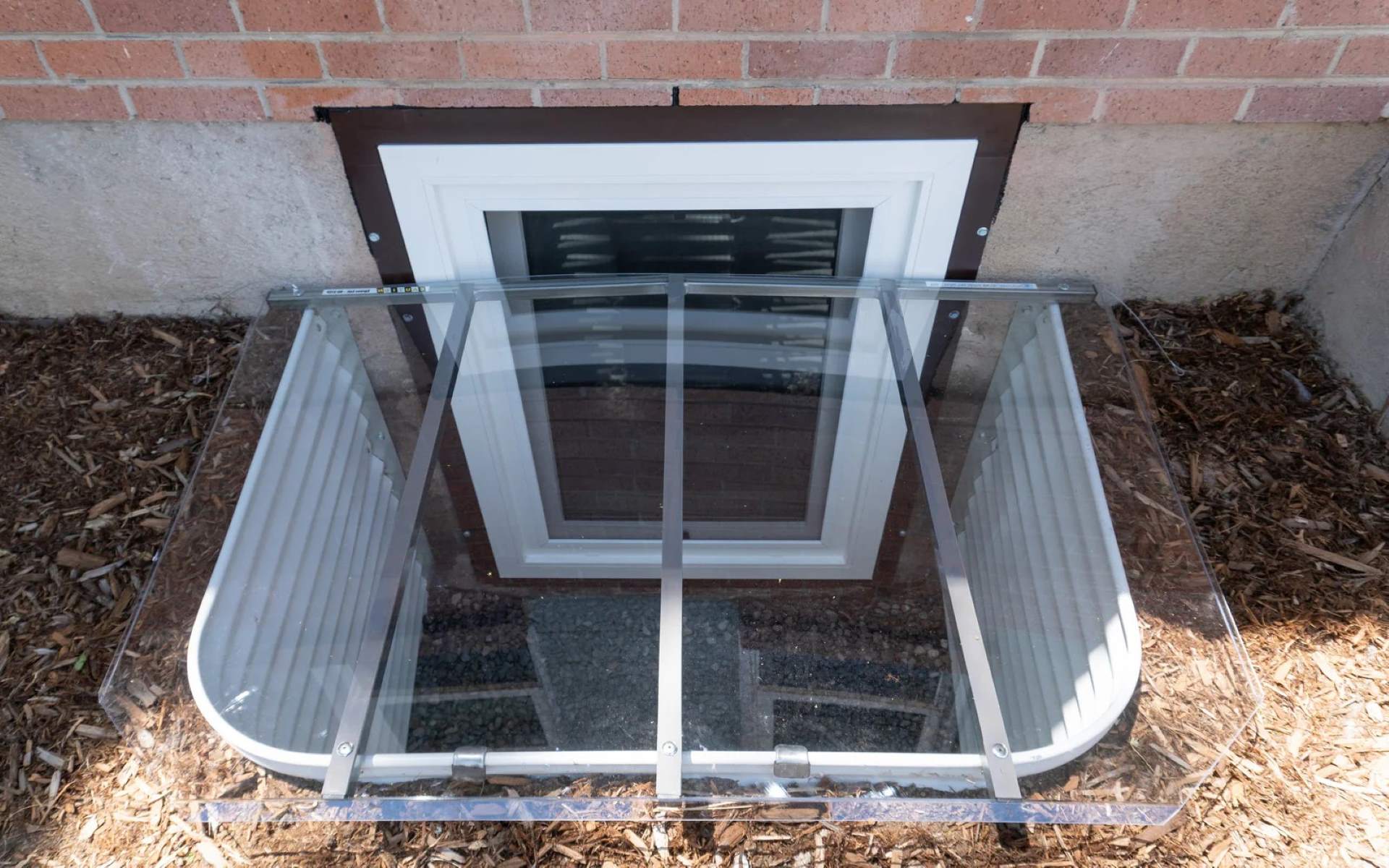
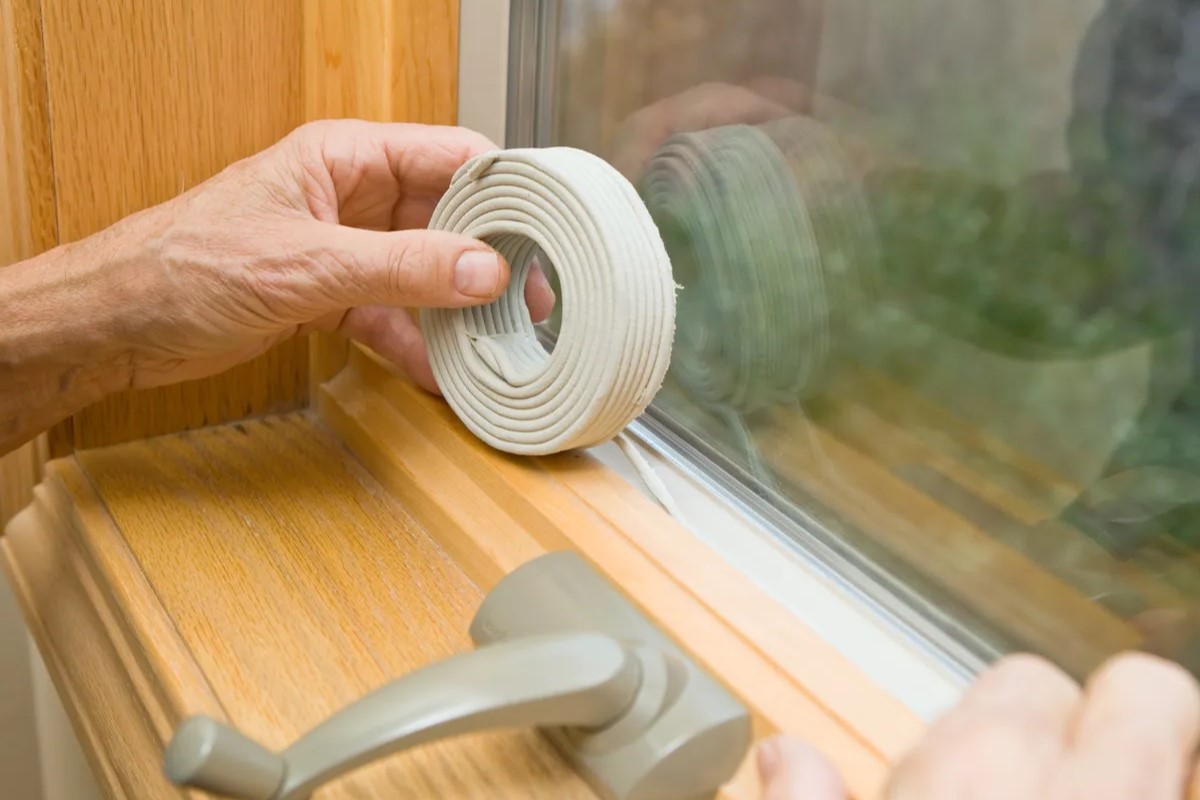
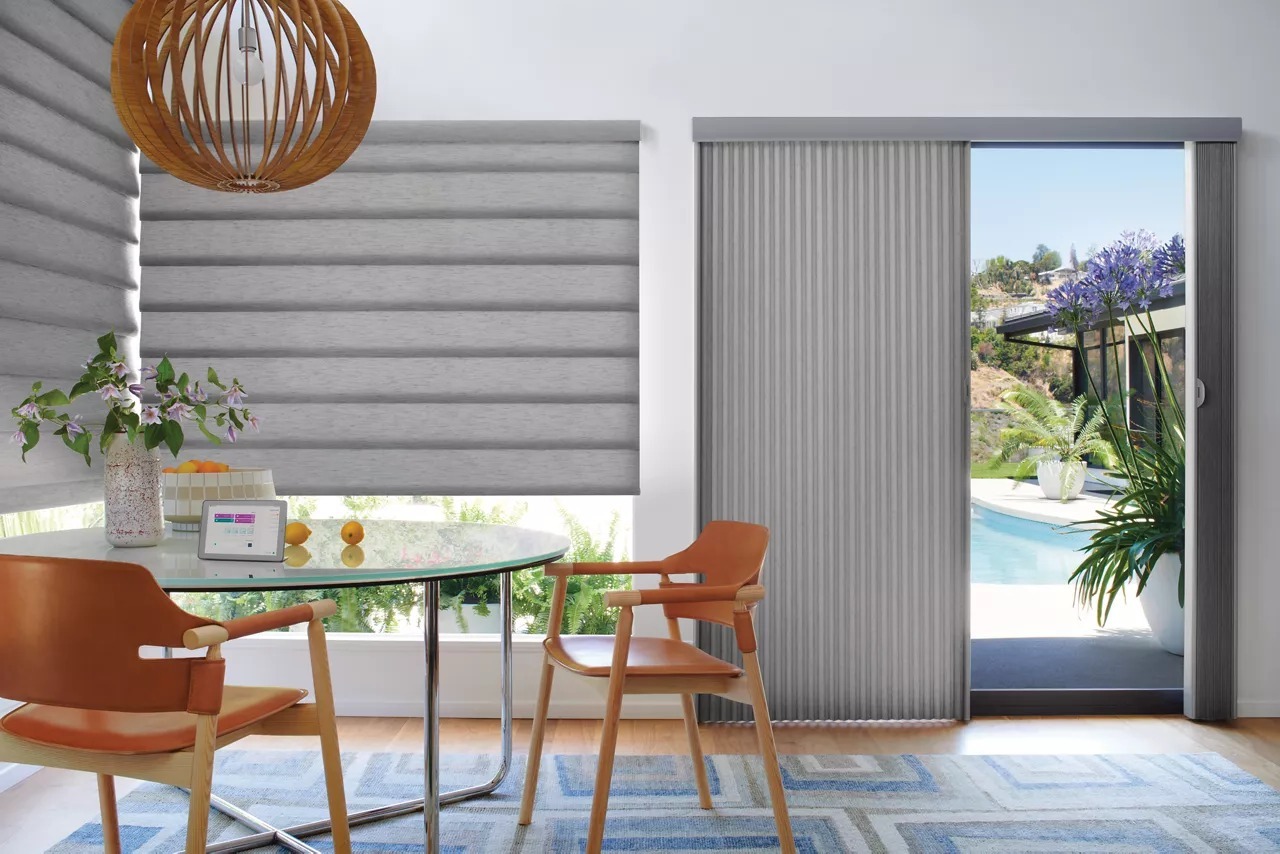
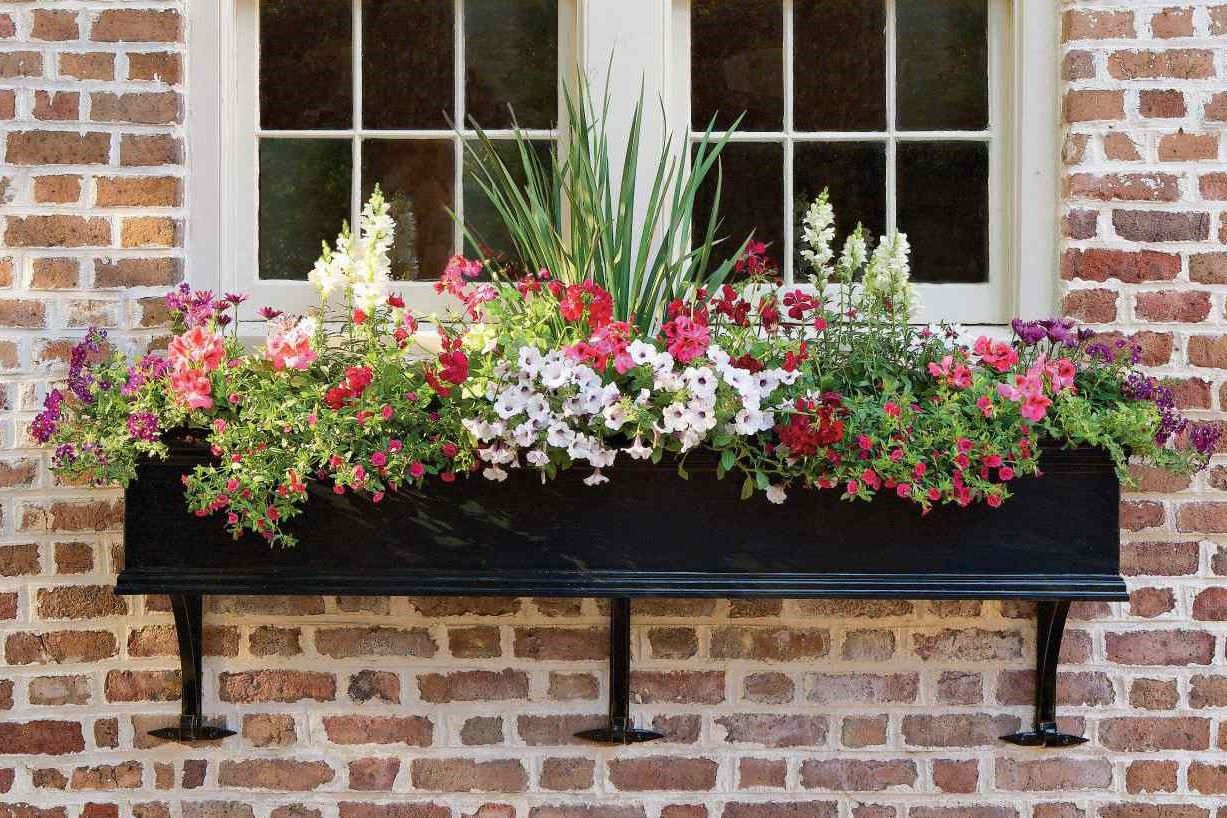
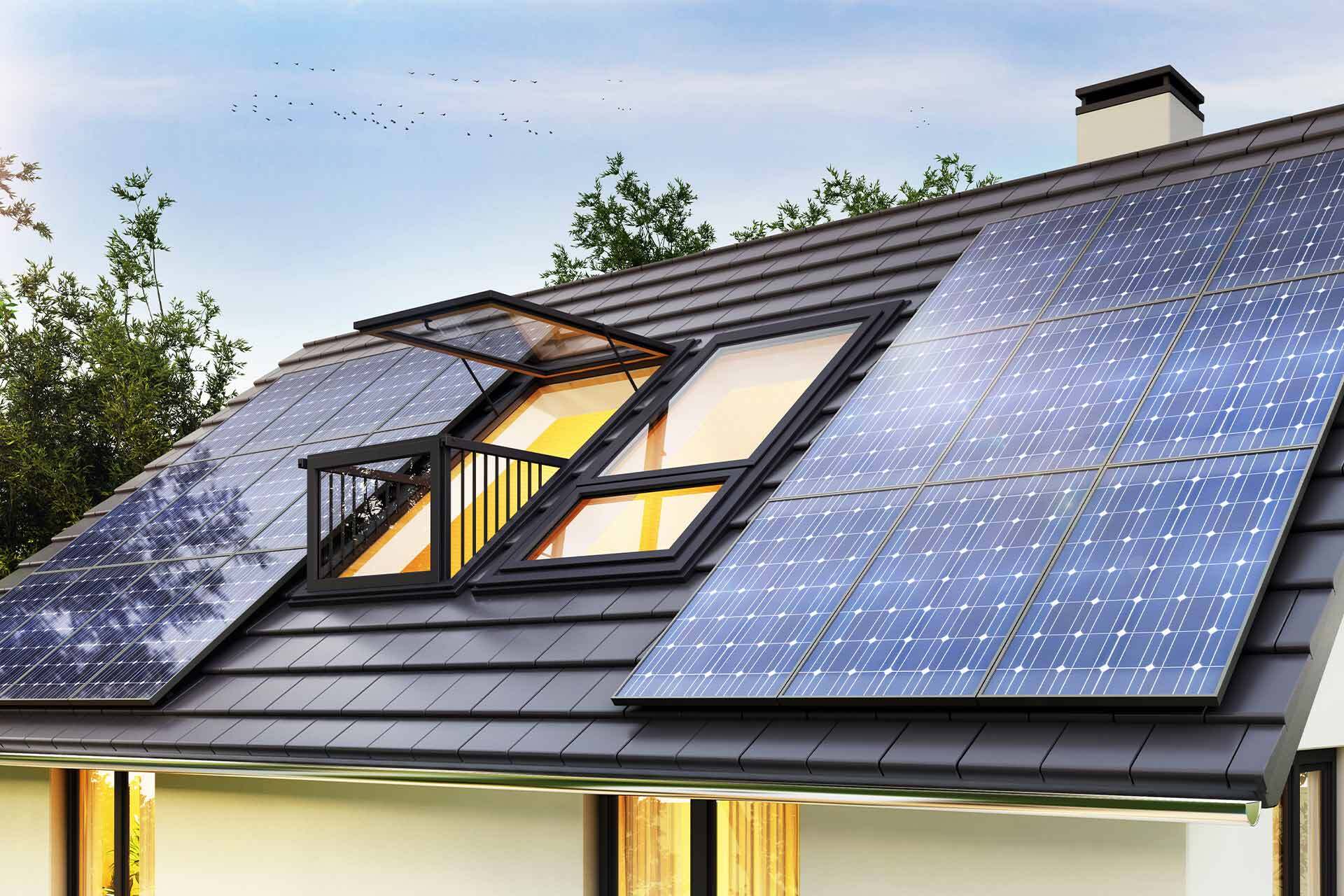
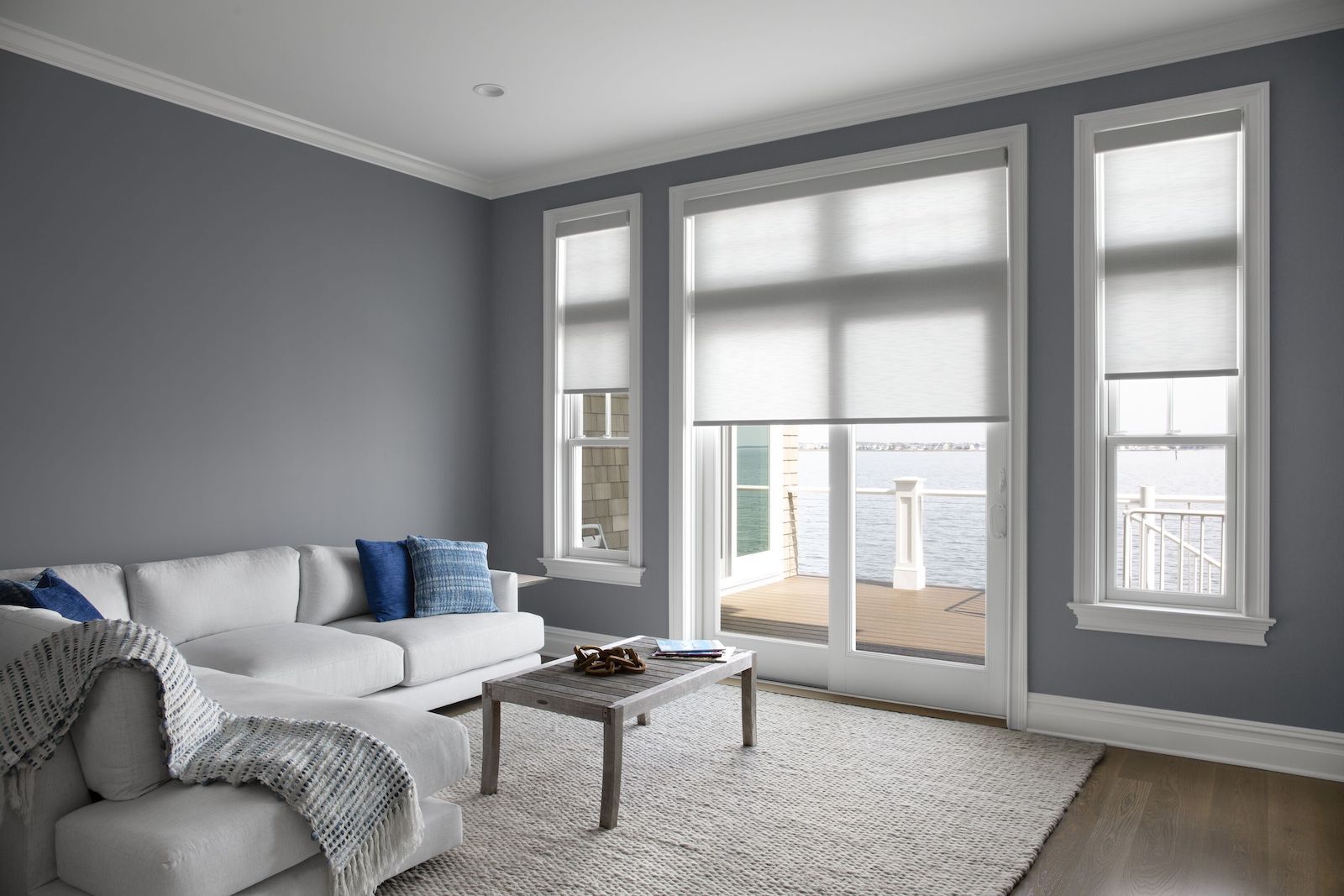
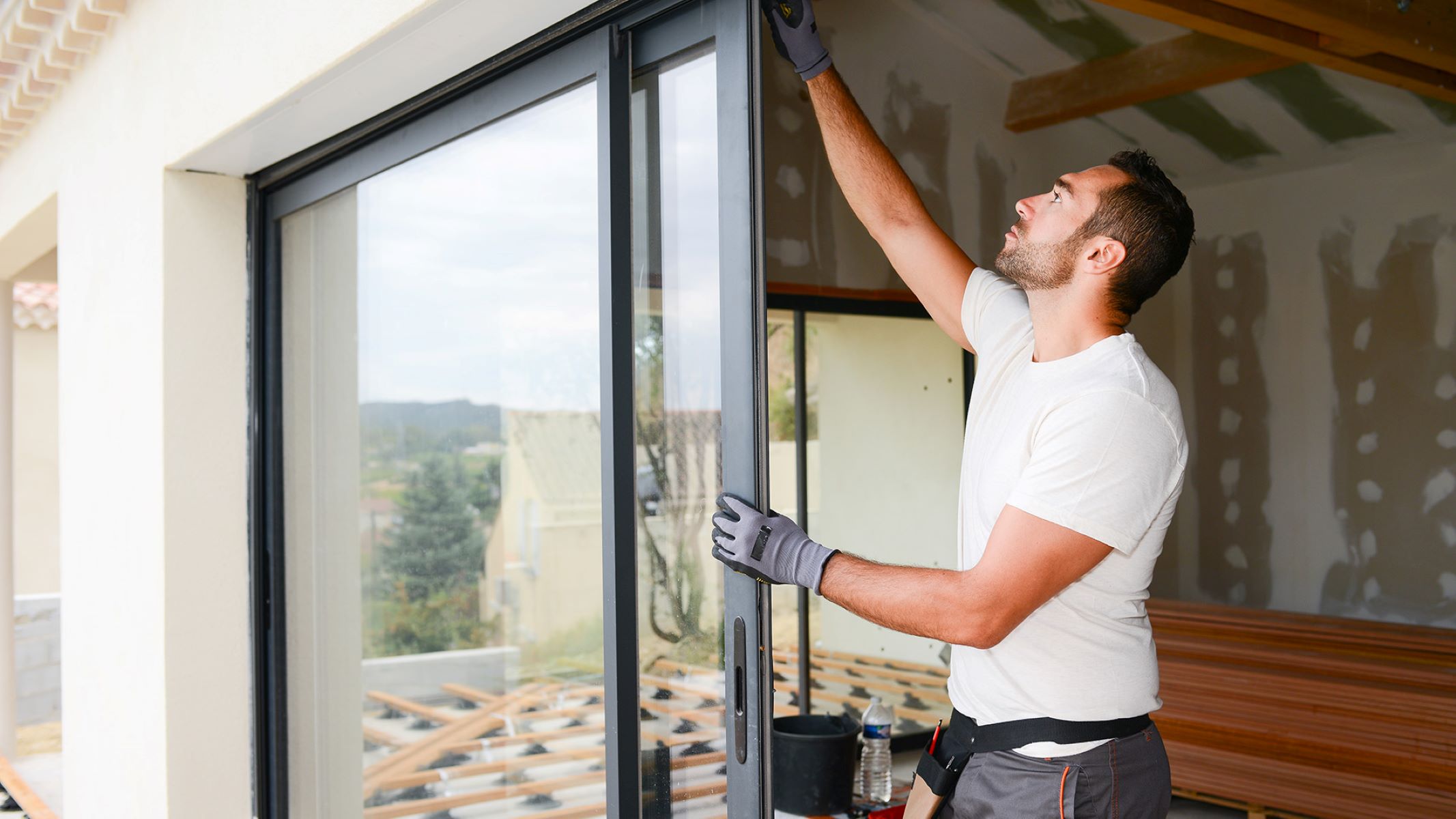
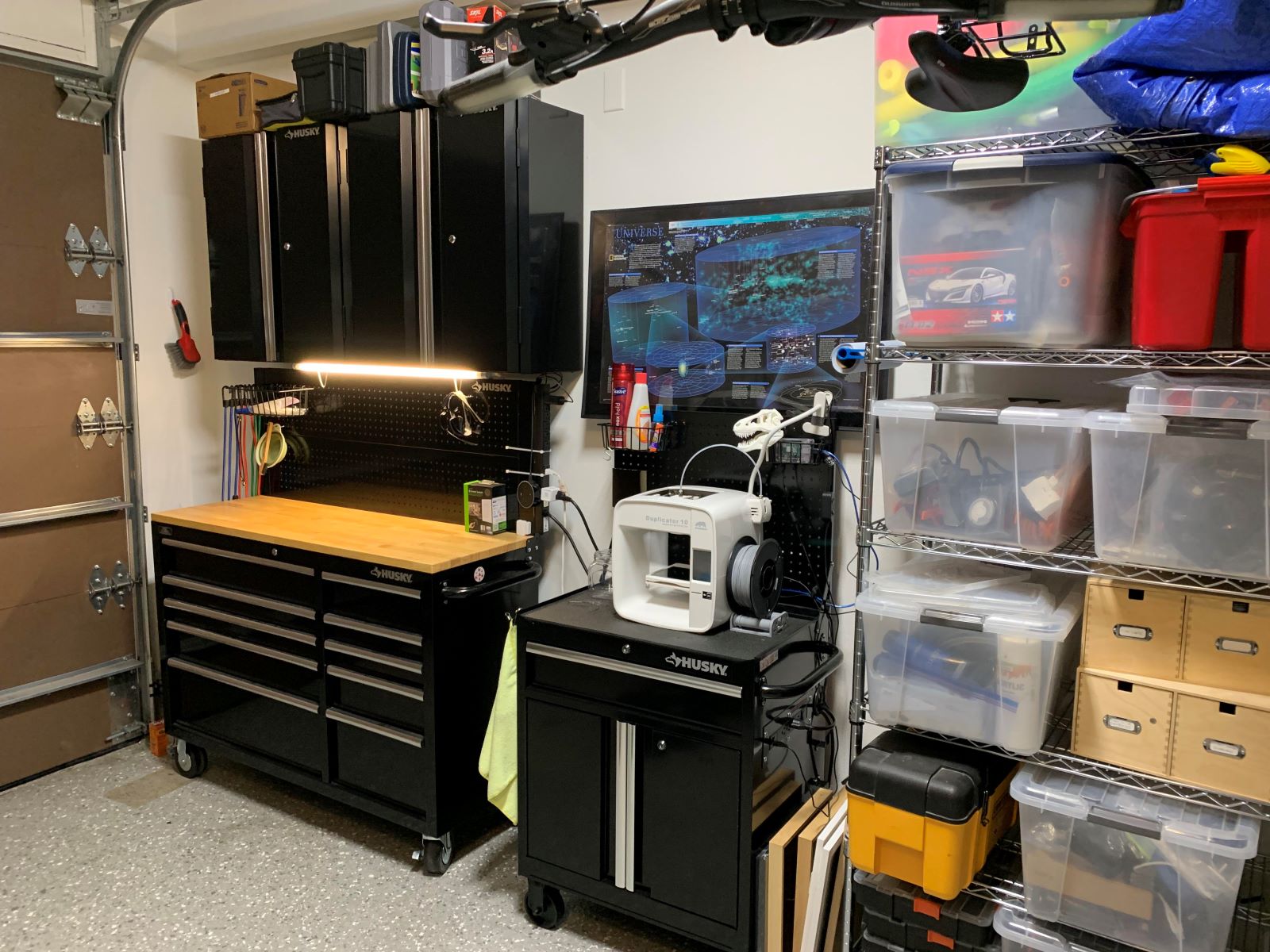
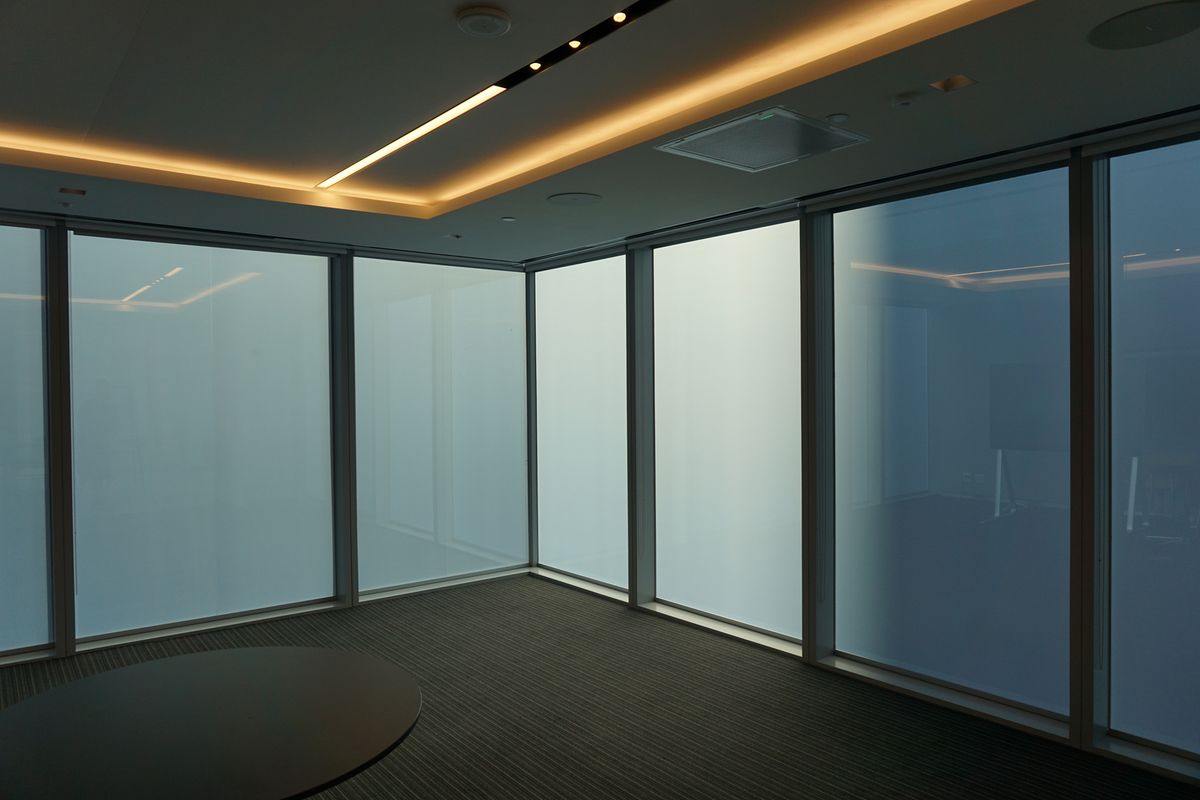
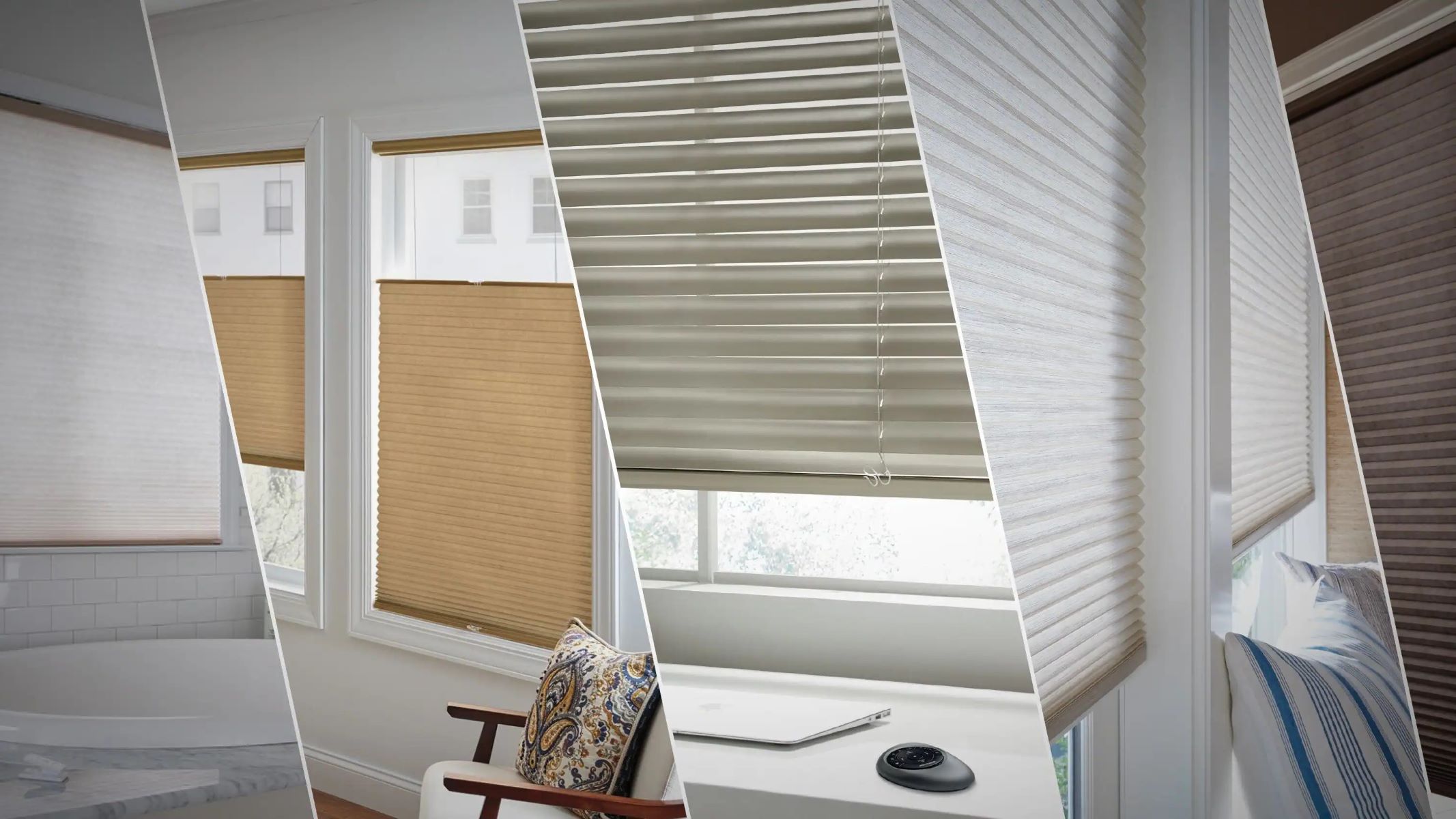

0 thoughts on “Upgrading Your Home’s Windows With DIY Automated Blinds”